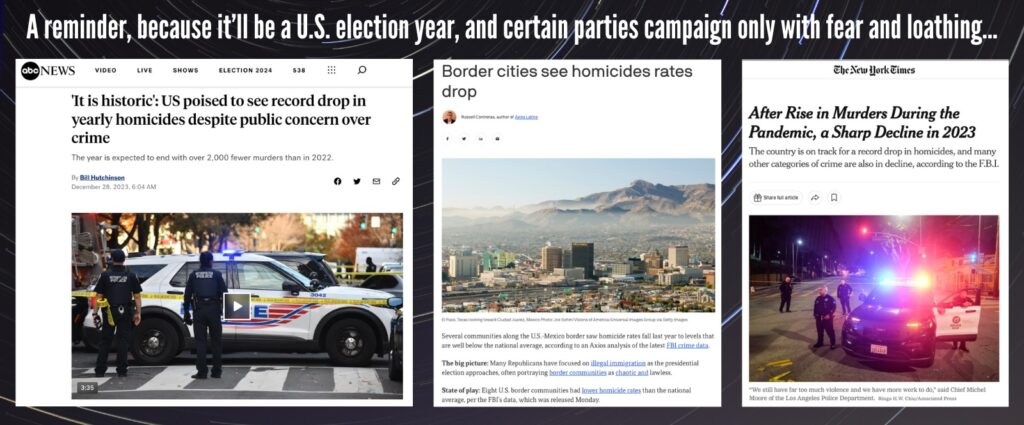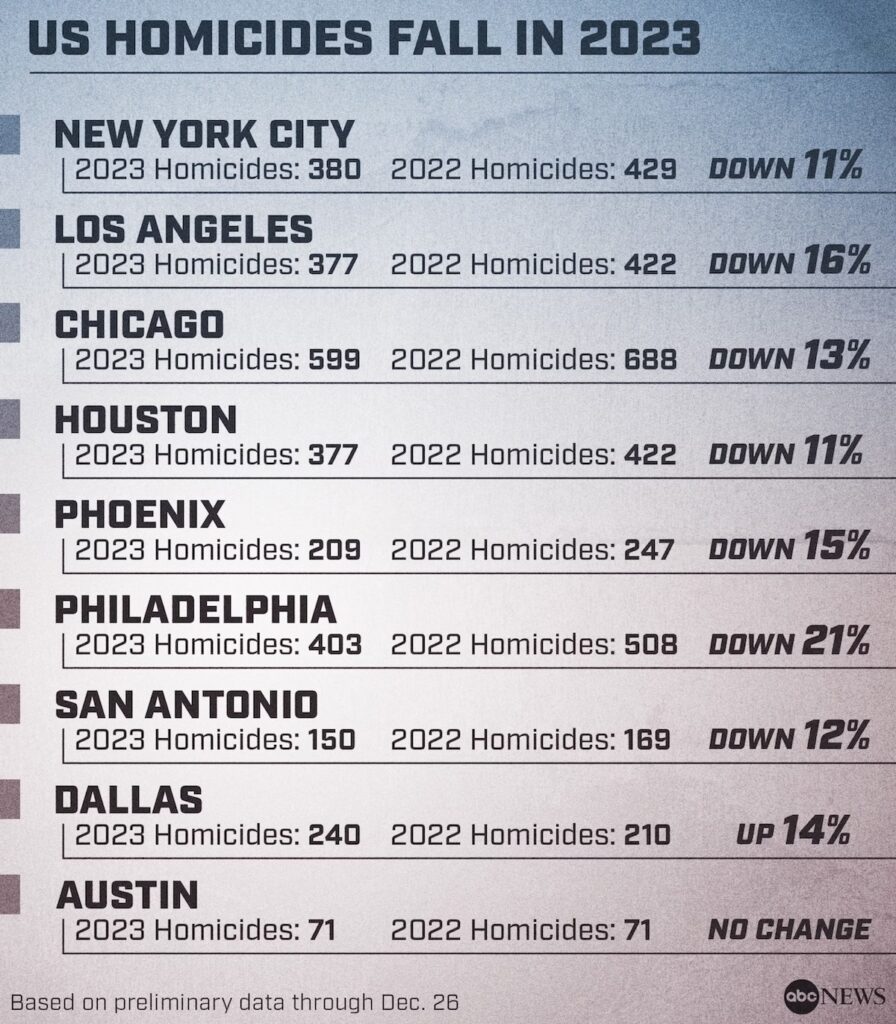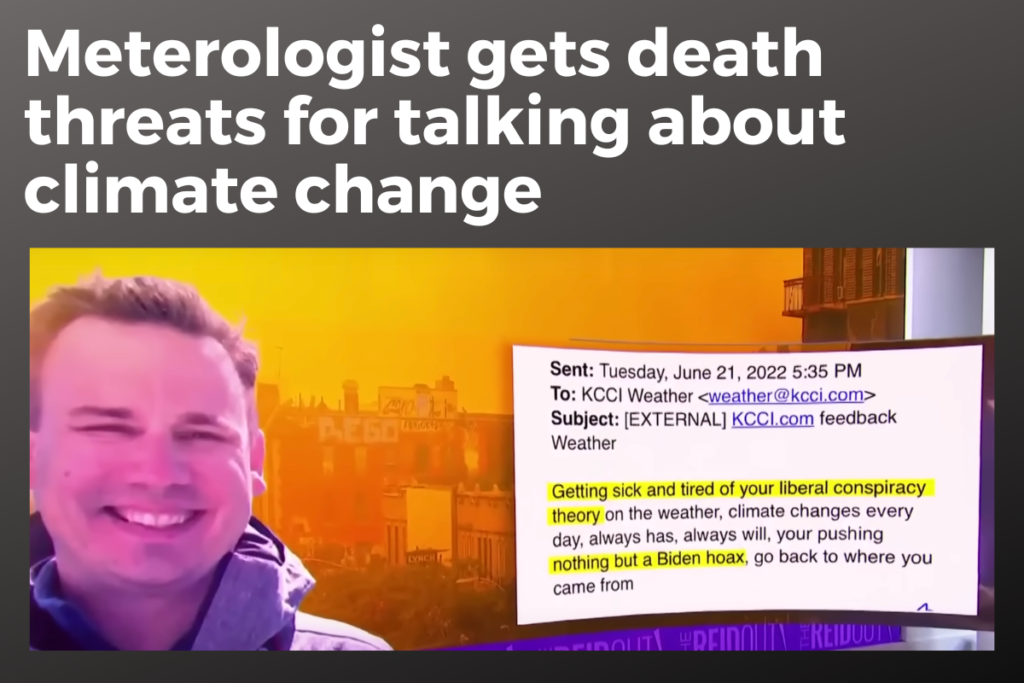The Gadsden flag is often an indicator for “I peaked in high school.”
Category: America
Join or Die is a film about why you should join a club — and why the fate of America may depend on it. And I want to get it screened in Tampa — at the Tampa Theatre.
Here’s the trailer for the film:
Join or Die is a feature documentary about community in America, as viewed through the lens of political scientist Robert Putnam’s research and the ideas from his 2000 book, Bowling Alone. The thesis of Bowling Alone is that:
- Social capital, community involvement, and civic engagement have been dropping in the U.S. since the 1950s, and
- How we have become increasingly disconnected from family, friends, neighbors, and social structures.
The title Bowling Alone comes from a friend of Putnam’s who owned a bowling alley. The friend remarked that while bowling was up, bowling leagues and bowling as a group activity had gone down.
The decline of bowling as a group activity mirrored other declines. As Putnam says in interviews featured in the film:
How many times last year did you go to church? Down. How many times did you go to a dinner party? Down. How many times last year did you go to a club meeting?
In barely a couple of decades, half of all the civic infrastructure in America had simply vanished. It’s equivalent to saying half of all the roads in America just disappeared!
Robert Putnam, from the trailer for Join or Die
Here are some “bowling alone” stats, taken from the site for Join or Die:
- 40% decline from the 1970s to the 1990s in the number of Americans who attended even one public meeting on town or school affairs in the previous year
- 60% decline from the 1970s to the 1990s in the amount of picnics Americans attended annually
- 50% decline from the 1970s to the 1990s in the number of Americans who took any leadership role in any local organization
- 35% decline from the 1960s to the 2020s in religious congregation membership
- 50% decline from the 1970s to the 1990s in the number of times Americans attended a from the 1970s to the 1990s in the number of times Americans attended a club meeting the previous year
- 66% decline from the 1960s to the 2010s in union membership
Putnam’s research is all about what makes a society succeed or fail, and he puts forth the idea that it’s about the connections and trust that people make, and the sense of “duty of care” that arise from them. If you get together, get to know your neighbors, build trust not just within a group (“bonding”) but between groups (“bridging”), there better things are — and not just for individuals within the society, but the entire society itself.
Putnam’s been studying this topic for a long time. His 1993 book, Making Democracy Work, was based on his study of regional governments in Italy, which were similar structurally, but different operationally — a difference that went back a whole millennium:
- Northern and central Italy had a society where people were more civic-minded and involved, where people took part in social gatherings and governance, with their social organization being flatter and high-trust. Their system was more democratic.
- Southern Italy, on the other hand, was more hierarchical, with kings at the top, knights below them, and peasants below them. Their system was more autocratic.
(By the bye, the next time some crank tries to tell you that America isn’t supposed to be a democracy, remember that they’re envisioning a southern Italy-like scheme and that they won’t be the peasants in that setup.)
Wikipedia sums up Putnam’s thesis nicely:
Putnam believes that for democracy to be successful there needs to be a level of mutual trust among the citizens and a more horizontal system of governing, all of which Northern and Central Italy has enjoyed. Putnam states in Making Democracy Work that civil society creates wealth, wealth does not create a civil society. The civic nature of Northern Italy and Central Italy dating back to medieval times has caused the region to be prosperous in modern times. Southern Italy, however, with its more feudal nature in medieval times has caused the region to be the origin of the Mafia and has created a less successful region. The Mafia’s hierarchical structure is very similar to Southern Italy’s feudal roots, according to Putnam.
https://en.wikipedia.org/wiki/Making_Democracy_Work#Author_thesis
I want to see this film — don’t you?
Here’s the challenge: it’s not available on streaming platforms and it’s not being distributed in the way more mainstream films are. If you want to see it, you have to contact the filmmakers and ask them to host a screening in your community.
So I did just that. I even suggested that Tampa Theatre would be a great venue for it.
Getting a screening here in Tampa will take more than just my effort, and it may take some money. I’m going to need help with this one, and if you’re interested in helping, drop me a line!
The last day of 2023
2024 will be an election year in the U.S., and it’s probably be a nasty one. One particular candidate — who faces a boatload of indictments, pretty much committed an act of treason (and possibly more than just that well-publicized one) — still has plenty of followers who see him as either a means to entrench their lofty position in society, or as an avatar into which they can channel their resentment.
That candidate has already campaigned on the fear of rising crime, with crime often being a code word for “the coloreds.” The Southern Strategy still lives.
But actual crime, it turns out, has been dropping:
The problem is that it’s all too easy to sell the idea of rising crime. The general perception, according to a recent Gallup poll, is that crime is up, in spite of the actual numbers. And for those who keep carping about “the illegals” contributing to the not-rising-but-rising crime, the numbers say that they’re may be less of a problem than other groups.
Expect a nastier news cycle in the new year.
Recommended reading
- ABC News: ‘It is historic’: US poised to see record drop in yearly homicides despite public concern over crime
- Axios: Border cities see homicides rates drop
- New York Times: After Rise in Murders During the Pandemic, a Sharp Decline in 2023
- The Guardian: ‘Sitting on a powder keg’: US braces for a year, and an election, like no other
Thanks to Los Angeles’ best blogger, Tony Pierce, for the find!
Meteorologist Chris Gloninger quit his job reporting the weather on Des Moines TV news because he’d been receiving death threats for talking about climate change during his weather reporting. This is yet another concerning data point in the general anti-science, anti-media trend being fomented by an aggrieved sector of America continuing its cult-like turn.
In spite of the evidence all around us, from a century’s worth of temperature tables to the increase in the number and size of forest fires, rising sea levels, and more days when it’s too hot for planes to take off, too many people see the world through a warped ideological lens and choose to defend that view with threats and violence. To quote the AP article Harassment of TV meteorologists reflects broader anti-science, anti-media trends:
Gloninger’s experience is all too common among meteorologists across the country who are encountering reactions from viewers as they tie climate change to extreme temperatures, blizzards, tornadoes and floods in their local weather reports. For on-air meteorologists, the anti-science trend that has emerged in recent years compounds a deepening skepticism of the news media.
Many meteorologists say it’s a reflection of a more hostile political landscape that has also affected workers in a variety of jobs previously seen as nonpartisan, including librarians, school board officials and election workers.
For several years now, Gloninger said, “beliefs are amplified more than truth and evidence-based science. And that is not a good situation to be in as a nation.”
For more, see this MSNBC piece, Meteorologist on receiving death threats over his climate crisis reports:
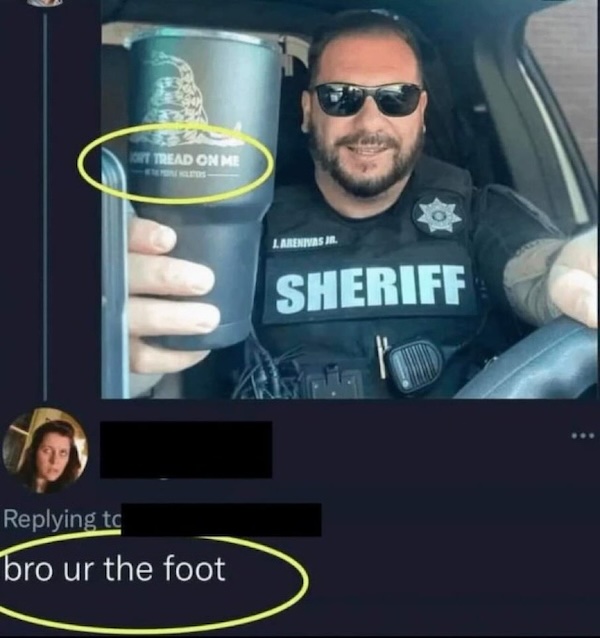

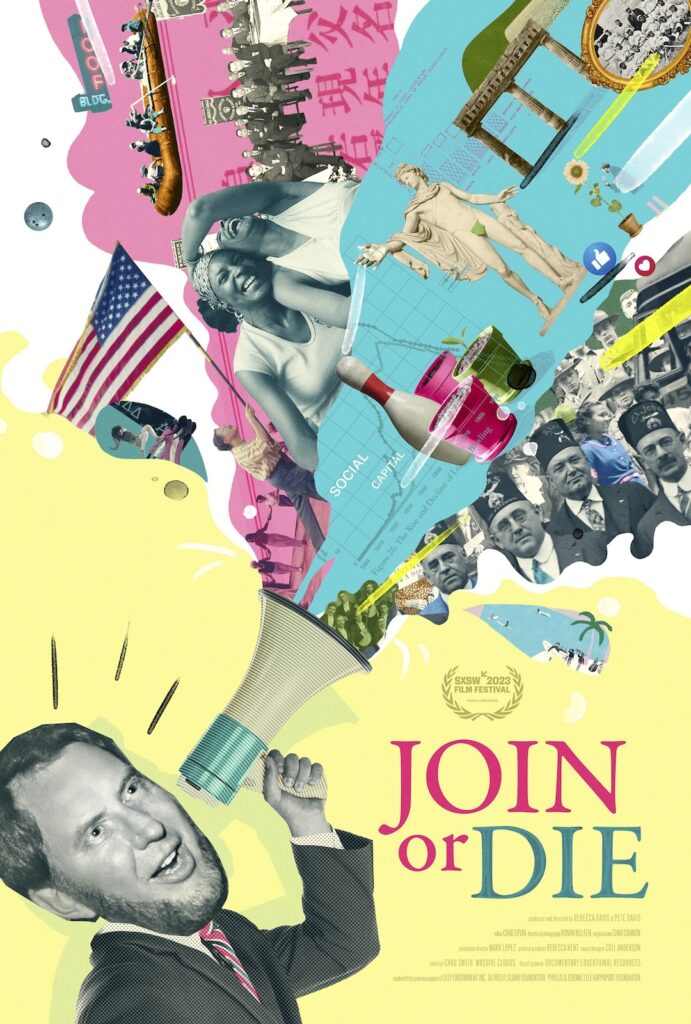


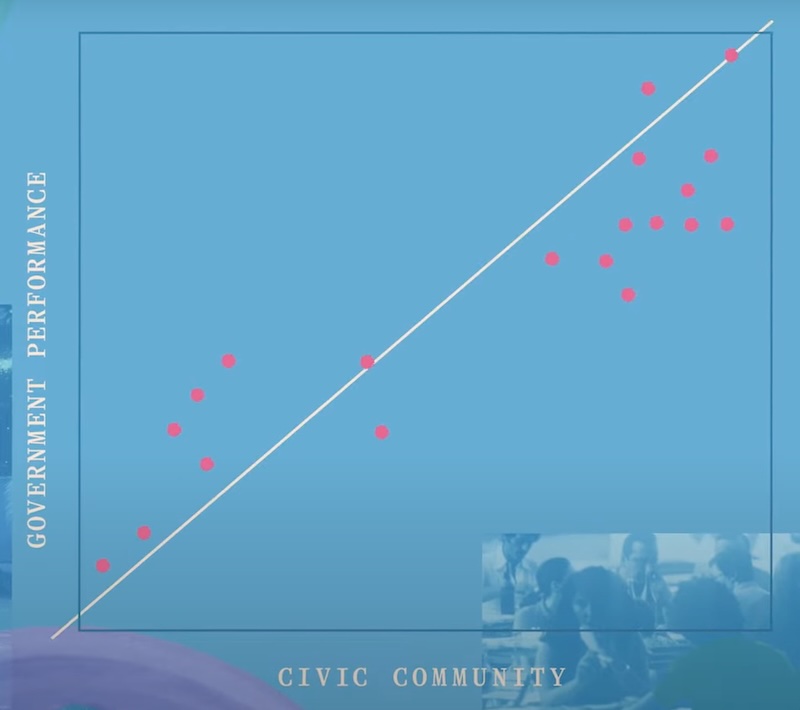
 Find out more about the film on the Join or Die site.
Find out more about the film on the Join or Die site.

